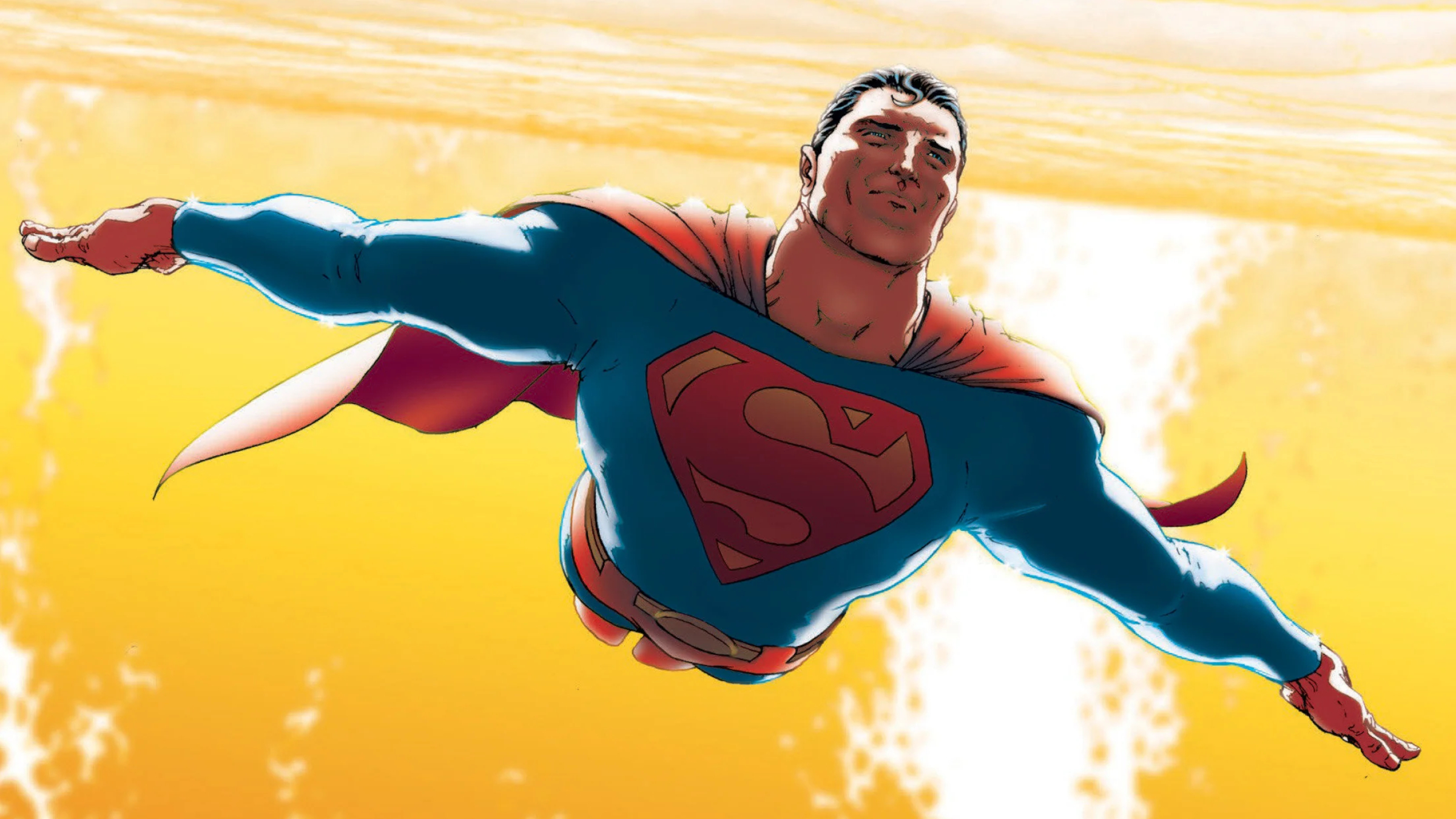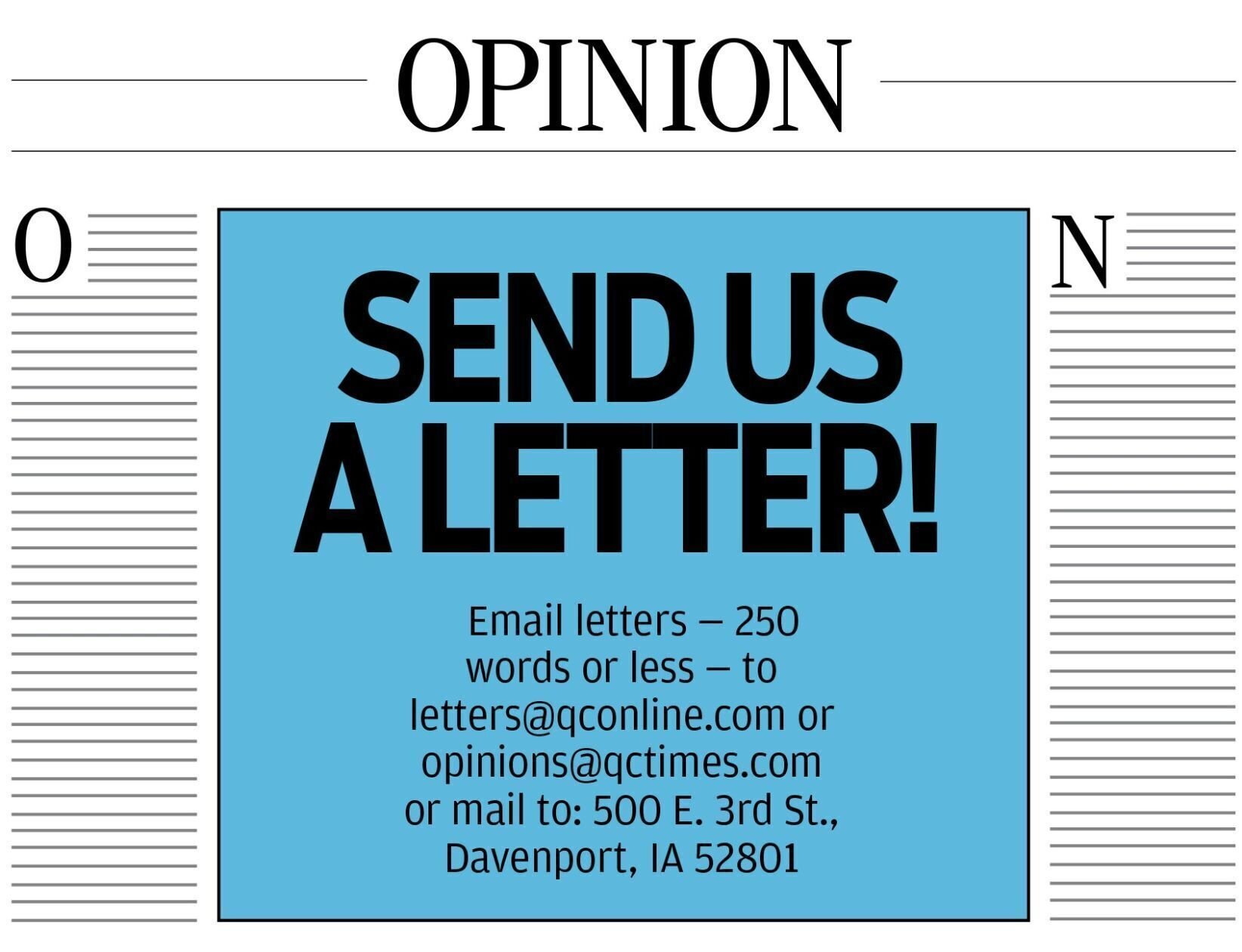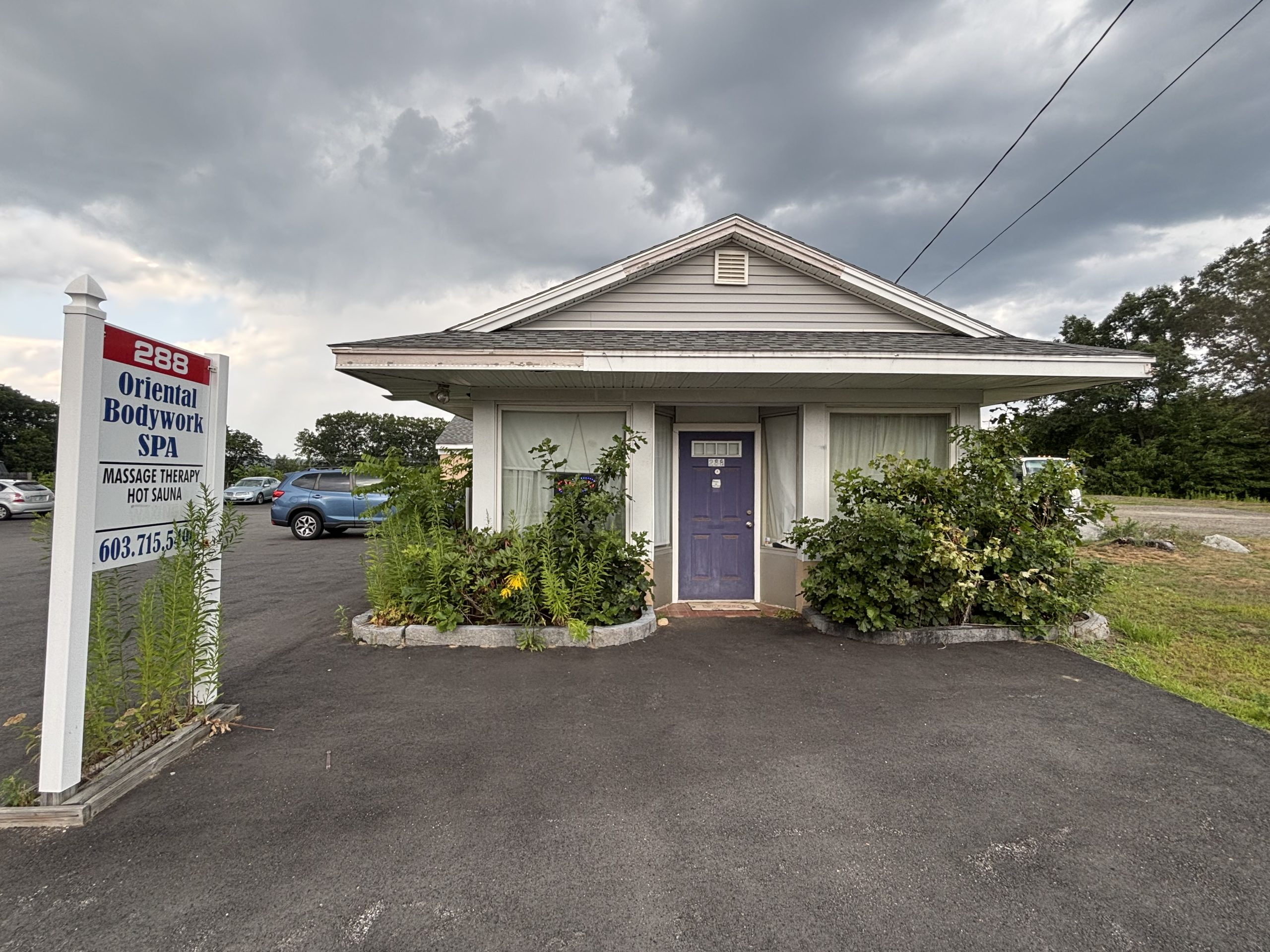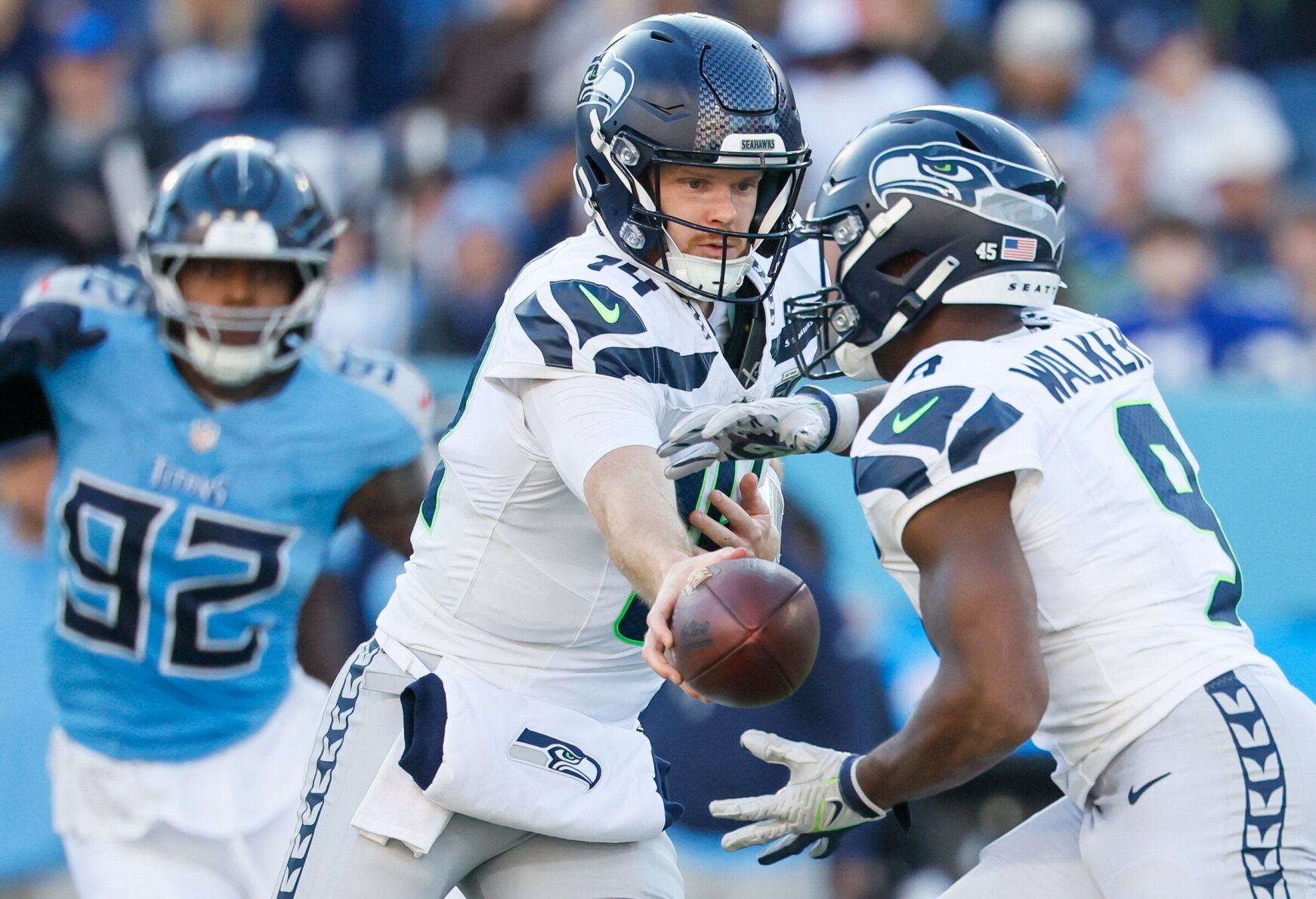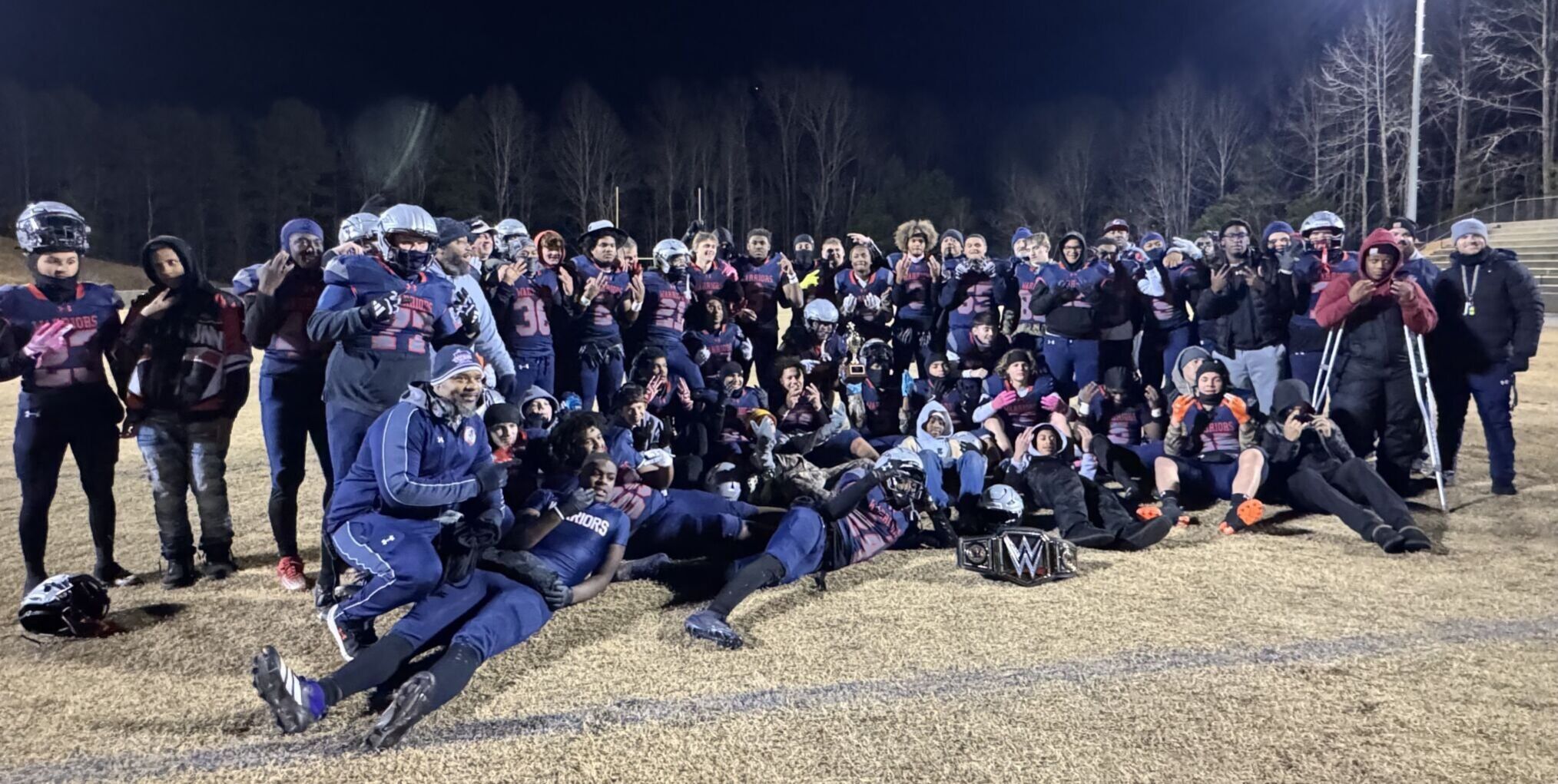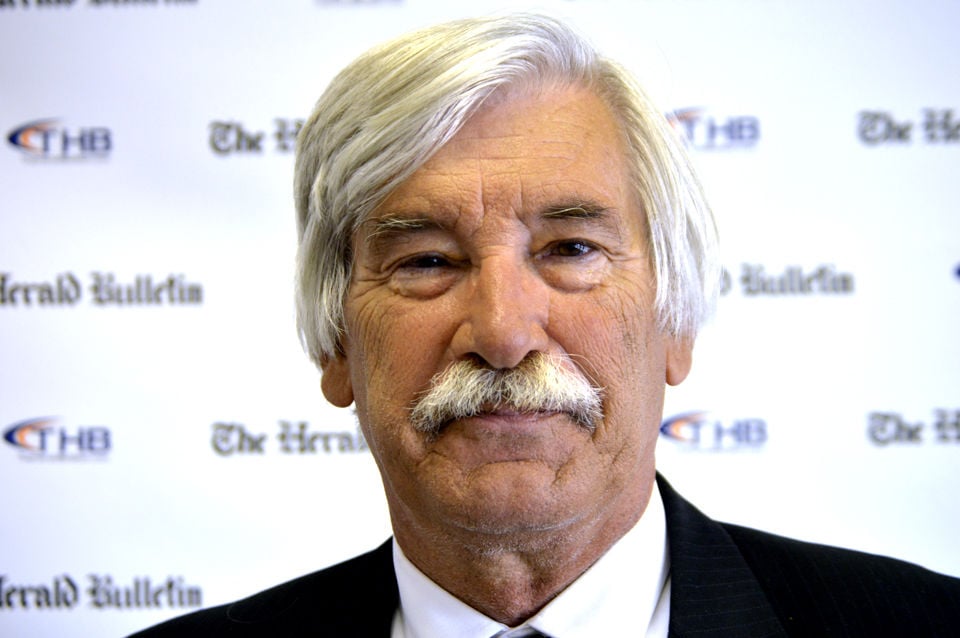Tesla’s Full Self-Driving feature is under federal scrutiny after the National Highway Traffic Safety Administration opened a probe into multiple incidents where cars allegedly broke traffic laws. This investigation raises broader questions about the safety of autonomous vehicle technology and potential regulatory measures.
Tesla’s Full Self-Driving feature under federal scrutiny
Key Takeaways:
- NHTSA has opened a federal probe into Tesla’s self-driving software
- Reported incidents involve Tesla cars allegedly violating traffic laws
- Regulators aim to assess the scope and risks of emerging autonomous technology
- Tesla’s software faces intensified attention amid growing public safety concerns
- The investigation signals heightened scrutiny for self-driving features in the auto industry
Tesla’s Self-Driving Under the Federal Lens
The National Highway Traffic Safety Administration (NHTSA) has announced a formal investigation into Tesla’s Full Self-Driving (FSD) feature. Triggered by a series of reported incidents, the probe centers on allegations that the software caused vehicles to breach traffic rules. While the agency has not yet released specifics on the number or nature of these alleged violations, its decision underscores growing apprehension toward advanced driver assistance systems and their real-world readiness.
What Sparked the Investigation
According to the NHTSA, multiple incidents began surfacing in which Tesla’s self-driving system appeared to ignore or misinterpret traffic laws. These reports of potential software flaws paint a picture of a cutting-edge technology still grappling with on-the-road unpredictability. The government’s top auto safety regulator has cited safety as its paramount priority, and this probe represents a push to determine how effectively Tesla’s system meets legal standards.
Scope of the Probe
At this stage, the NHTSA’s scrutiny focuses on determining whether Tesla’s autonomous tools are properly designed and tested to handle real-life conditions. Such investigations often explore software algorithms, onboard sensing and detection systems, and the driver’s role during autonomy. Regulators have also chatted about possibly requiring adjustments, recalls, or other measures if they deem the current system unsafe.
History and Ongoing Concerns
Tesla has long been at the forefront of driver assistance features, making headlines for bold claims about autonomous vehicle performance. Yet the buzz surrounding Full Self-Driving has been shadowed by concerns regarding driver overreliance on these systems. The manufacturer’s track record has periodically caught the eye of officials, prompting recurring debate about the balance between technological innovation and public safety.
Industry Implications
This governmental intervention does not target Tesla in isolation. As an industry leader, Tesla’s experiences often set precedent for other companies developing or marketing self-driving functions. Many automakers and tech firms are closely watching this probe to glean insights into future regulatory requests and possible changes in marketing strategies.
Looking Ahead
No official timeline for the investigation’s conclusion has been provided. However, results could have far-reaching implications, potentially guiding new regulations that shape how self-driving software is promoted, tested, and sold. As regulators delve deeper, the public and the automotive industry wait to see how safety standards evolve for technologies that promise to reshape driving as we know it.

